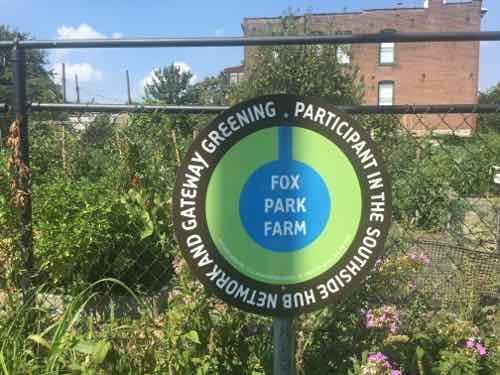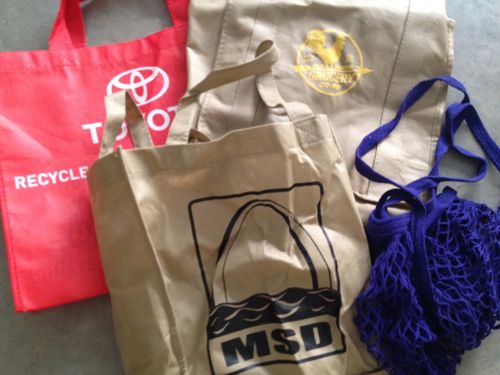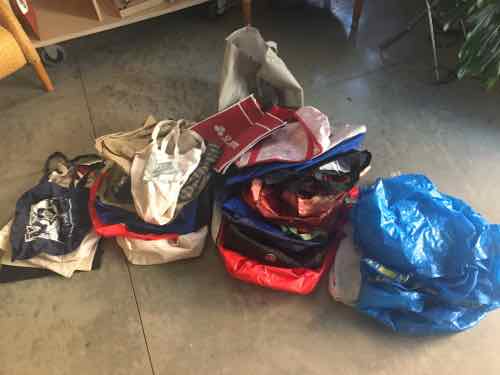Woman defends native plants in her yard; city says clean it up
Design Issues With Well-Intentioned Monarch Butterfly Garden
In the news lately has been Alice Hezel’s front yard in Maplewood:
She and the City of Maplewood are in opposite corners on the issue of her garden. I see both sides. Yes, the Monarch butterfly is critical — we need them pollenating. Like most things, there’s a right way and a wrong way. First, the results from the non-scientific Sunday Poll:
Q: Finish this statement: Monarch Butterfly Gardens in residential neighborhoods…
- …are ok if it’s not allowed to grow wild 9 [24.32%]
- TIE 8 [21.62%]
- …are more important than local “weed” laws
- …are a wonderful change from boring lawns
- TIE 5 [13.51%]
- …are great if the yard is large enough to have shorter natives around tall milkweed
- Other:
- Fine if they are kept out of the PROW
- Are maintained and in the backyard.
- should be encouraged, and perhaps rewarded.
- shorter natives plus annual flowers like zinnias, which monarchs love
- Irrelevant and belong in rural areas
- …are a nuisance 2 [5.41%]
Like many of you, I’m bored with manicured lawns — I much prefer a front-yard garden that produces fruits &/or vegetables or provides habitat for birds, butterflies, etc. Ferguson
However, as I’ve experienced with previous yards, getting the non-lawn garden to look like a planned & cared-for outcome is very tough.
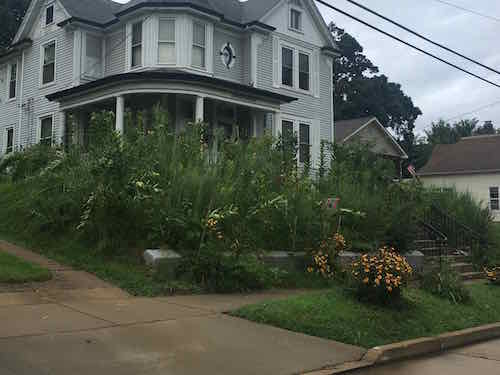
Though I’d admire Hezel for her effort to create an environment for the Monarch butterfly, she’s ignored some basic rules of good garden design.
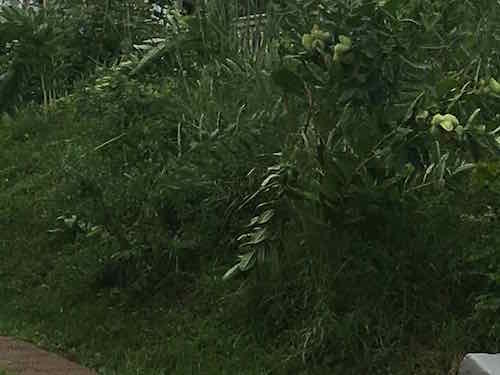
The tall plant is milkweed — a must for the Monarch butterfly. There are numerous varieties of milkweed, some aren’t as tall as the common variety. I don’t know the variety she has but my guess is it’s the tallest, not the shortest. There are tall ornamental grasses that look great when contrasted with shorter plants — but you wouldn’t fill your entire yard with pampas grass, for example.
The massing of the plants just doesn’t work. I tried to find examples of good butterfly gardens with milkweed but I had no luck. They must exist, but the people I contacted were unable to point me to any. There are great gardens with natives, but not specific Monarch butterfly gardens.
I think Hezel needs to start over, creating a barrier to the North to keep grass our of her garden. Donate the tall milkweed, and get shorter varieties.
Further reading on Monarch butterfly gardens:
— Steve Patterson

